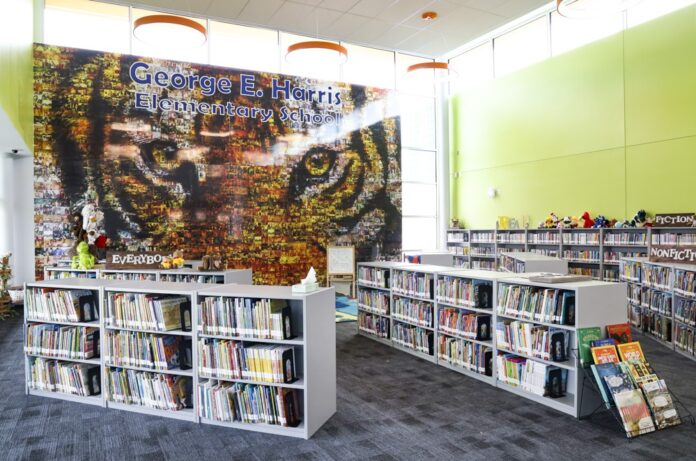Nevada’s Educational Funding Crisis: An In-Depth Analysis
In a stark reflection of its ongoing struggles, Nevada continues to grapple with significant educational funding challenges. According to the National Education Association’s newly released report, “Rankings of the States 2024 and Estimates of School Statistics 2025,” the state finds itself at the bottom of the barrel when it comes to per-pupil spending and classroom resources.
Student-Teacher Ratio: A Burden on Education
Nevada is notably burdened by the highest student-teacher ratio in the nation, standing at a staggering 25:1. This ratio significantly hampers the educational experience, placing a strain on teachers and classroom resources. In contrast, the national average is much more manageable at 15.1:1, underscoring the challenges faced by educators in Nevada. Although the state has seen a slight improvement from the previous year’s 25.4:1 ratio, this marginal change does little to alleviate the burdens that teachers and students alike endure.
Moreover, Arizona follows closely behind with a ratio of 22.6:1. The implications of such high ratios are profound: teachers are often stretched thin, unable to devote adequate attention to each student, which may affect academic outcomes.
Funding Shortfalls: The Financial Landscape
When it comes to educational investment, Nevada ranks among the bottom five states nationally, with expenditures of less than $12,000 per student last year, placing it at 47th among the states. This lack of funding is especially ironic, given the state government’s fresh investment of $2 billion in public education for the 2023 biennium. Despite these assurances, the per-pupil funding remains dismal, sparking criticism from professionals in the field.
In comparison, Nevada spent an estimated $11,927 per student last year, a mere $119 more than Arizona, the fourth-lowest funded state. The reliance on state funding is pronounced, with about two-thirds of the total revenues for public schools sourced from state budgets, significantly higher than the national average of 46%.
Teacher Growth: A Silver Lining?
Interestingly, Nevada has recently increased its public school teacher ranks by 12%, bringing in approximately 2,300 more teachers this year compared to last year. This growth rate outpaces the national trend, where the overall number of teachers has remained relatively flat. However, while growth figures are encouraging, they do little to distract from the overarching issues of student-teacher ratios and funding.
Educator Salaries: Signs of Improvement
Teacher pay, on the other hand, shines as a promising aspect for Nevada’s educators. The average teacher salary this year has risen to $74,812, slightly above the national average of $74,177. This represents a significant jump from prior years, where average salaries were considerably lower, from $61,719 to $66,930 just last year. The state’s recent appropriation of $250 million for educator raises was a step in the right direction, yet those funds have already been depleted in certain districts, illustrating that short-term solutions may not suffice.
The Implications of Inflation and Budget Cuts
Compounding the challenges ahead, the Nevada Economic Forum recently approved a general fund projection that signals a $191 million drop for the next biennium. Critics, including the Nevada State Education Association (NSEA), have expressed that the $2 per-student increase proposed by Governor Joe Lombardo is insufficient in light of rising costs and inflation. As NSEA President Dawn Etcheverry articulated, "with inflation, rising costs, and a 3.5% pension contribution increase coming in July, the budget proposed amounts to a de facto education cut."
Conclusion: A Complex Educational Landscape
While the numbers paint a grim picture of educational challenges in Nevada, they also highlight a critical juncture for lawmakers, educators, and stakeholders. The interplay of student-teacher ratios, funding allocations, and teacher salaries presents a complex landscape that needs addressing. Each facet is interconnected, revealing the depth of the educational funding crisis that Nevada continues to navigate.
As these issues unfold, advocates for education strive to ensure that the state moves beyond its “funding basement” and fosters an environment where teachers and students can thrive together.
